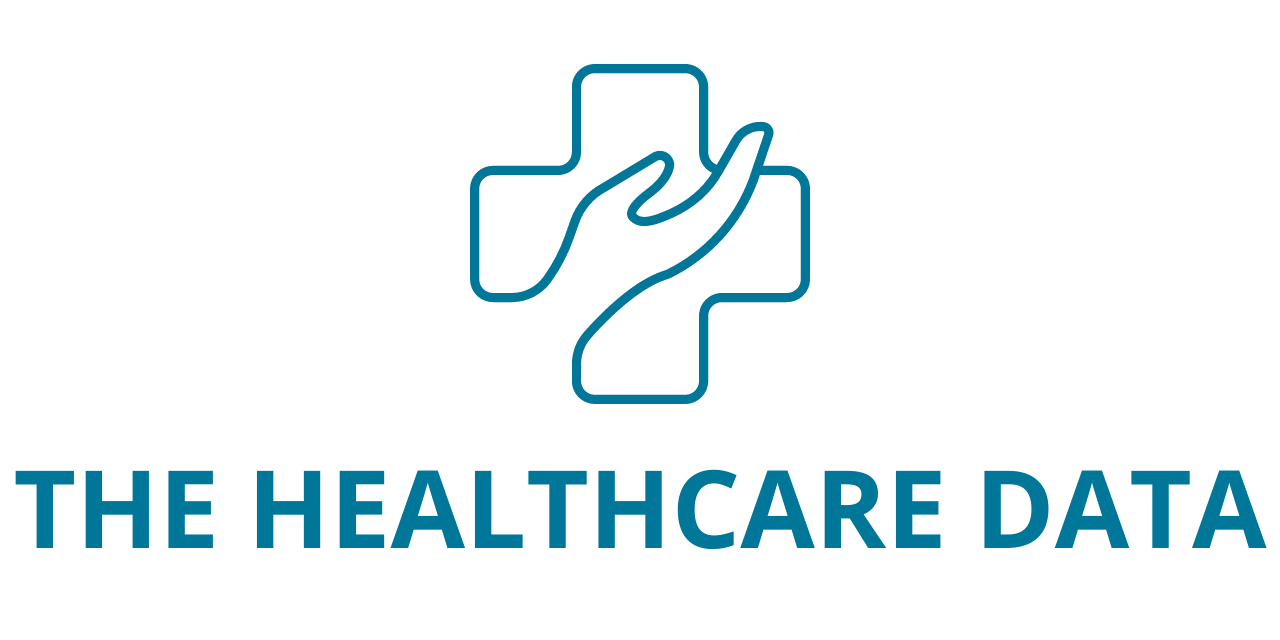
Doug Hirsch had no initial plans to enter the health-care industry. A seasoned tech entrepreneur with stints at Yahoo and Facebook, he was brainstorming ideas in 2010 when a glaring problem caught his attention: the lack of transparency in drug pricing online. He found it baffling that consumers couldn’t easily look up medication prices.
Around this time, Hirsch connected with Trevor Bezdek, another software entrepreneur and a friend from Los Angeles, where their mothers had known each other for years. They both shared a frustration with the opaque nature of drug pricing, seeing it as a significant opportunity. Thus, in the following year, they co-founded GoodRx and assumed roles as co-CEOs. The company quickly gained recognition, landing at No. 20 on CNBC’s 2020 Disruptor 50 list.
GoodRx’s core offering includes discount cards and coupons that empower consumers to obtain lower prices at pharmacies. Initially a pioneer in this space, GoodRx now faces competition from several other players like Singlecare and RxSaver, all vying for a share of the lucrative market.
Unlike many health-tech companies targeting the financially secure “worried well,” GoodRx deliberately markets its services to the 28 million uninsured Americans and those with high deductible plans. Their platform, accessible via website and mobile app, has reportedly saved Americans over $20 billion on prescription costs since inception.
Revenue generation for GoodRx involves collecting fees from Pharmacy Benefit Managers (PBMs) when consumers use GoodRx coupons at pharmacies. PBMs, intermediaries in the complex drug supply chain, negotiate prices with drug manufacturers on behalf of insurers. GoodRx also earns from advertising on its platform and offers a subscription service called GoodRx Gold for enhanced savings on multiple prescriptions.
Hirsch and his team initially built GoodRx by manually scraping prices from websites and calling pharmacies for data, driven by their frustration with the lack of pricing transparency. The venture gained traction when doctors started relying on GoodRx to answer patient queries about drug costs.
Today, GoodRx compares prices across major retailers like Walmart, Costco, and CVS, typically offering consumers a better deal than the inflated cash prices they might encounter at the pharmacy counter. This competitive pricing incentivizes pharmacies to collaborate with GoodRx, knowing that consumers will shop elsewhere if prices are too high.
Over the years, GoodRx has forged partnerships with significant players in the industry, including PBMs like MedImpact, leveraging these relationships to deepen their understanding of drug pricing dynamics and expand their market reach.
In summary, what started as a response to a personal frustration has grown into a pivotal player in the healthcare sector, reshaping how consumers access and afford prescription medications through innovation and strategic partnerships.





